Wahoo Tickr heart rate strap review
We put this Bluetooth and ANT+ ready heart rate monitor to the test on rides indoor and out.
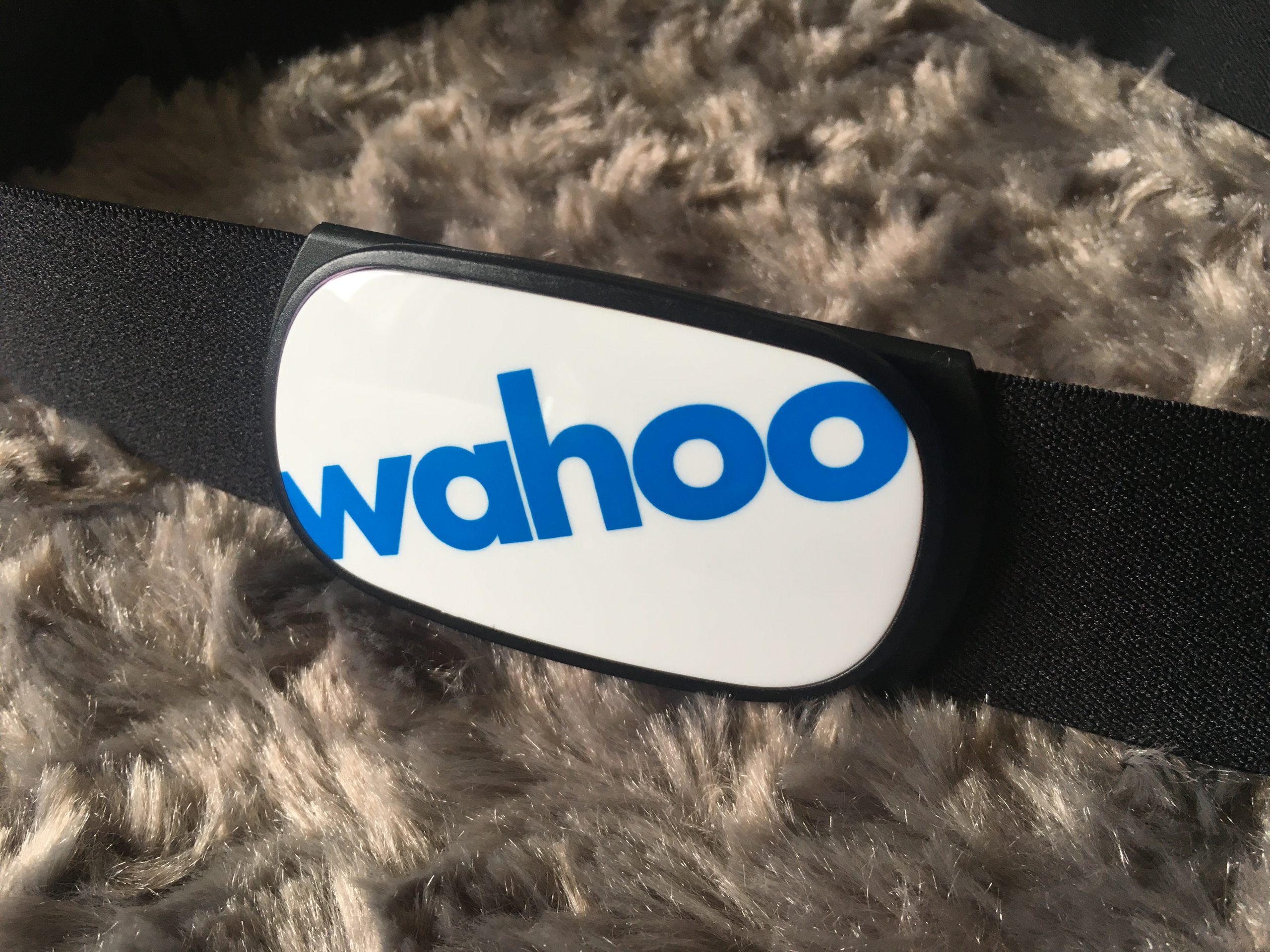
With easy connectivity to any device or platform and a great fit it's hard to fault this HRM. The Wahoo fitness app (iPhone and Android compatible) means you can monitor and track your workouts without the need for another device (like a watch or gps computer) so costs can be kept down.
-
+
Superb fit
-
+
Seemless connectivity
-
+
Free app for those without other devices
-
-
Occasional flat spots in HR reading
You can trust Cycling Weekly.

Traditionally, heart rate straps have always come with a product. Be it a Polar watch, or any GPS device that sits on your bike or wrist. The heart rate monitor would link with that product, and, as tech improved over time, that product alone. (Riding with a Polar in the 1990s it wasn't uncommon to confuse the device if riding with someone else using one.)
Thanks to phone apps that can record your data this has all changed and the Wahoo Tickr is sold as a stand-alone product. Used with the Wahoo app can give you the majority of ride data you'll need through use of your phone's GPS. So if you exercise with your phone and only want some basic info there is no need to purchase another device - A good affordable introduction in to fitness tracking
Download the Wahoo app, sign up and enter your details (age, height, gender and weight) and off you go. You can also enter your FTP if known, and your maximum and resting heart rates. From there it will calculate your training zones (see below for more) to help decipher a training session and track your progress. The app will of course connect to your favourite fitness tracking app (Strava, Training Peaks, Komoot, RideWithGPS and many more) to upload and store your details after a workout.
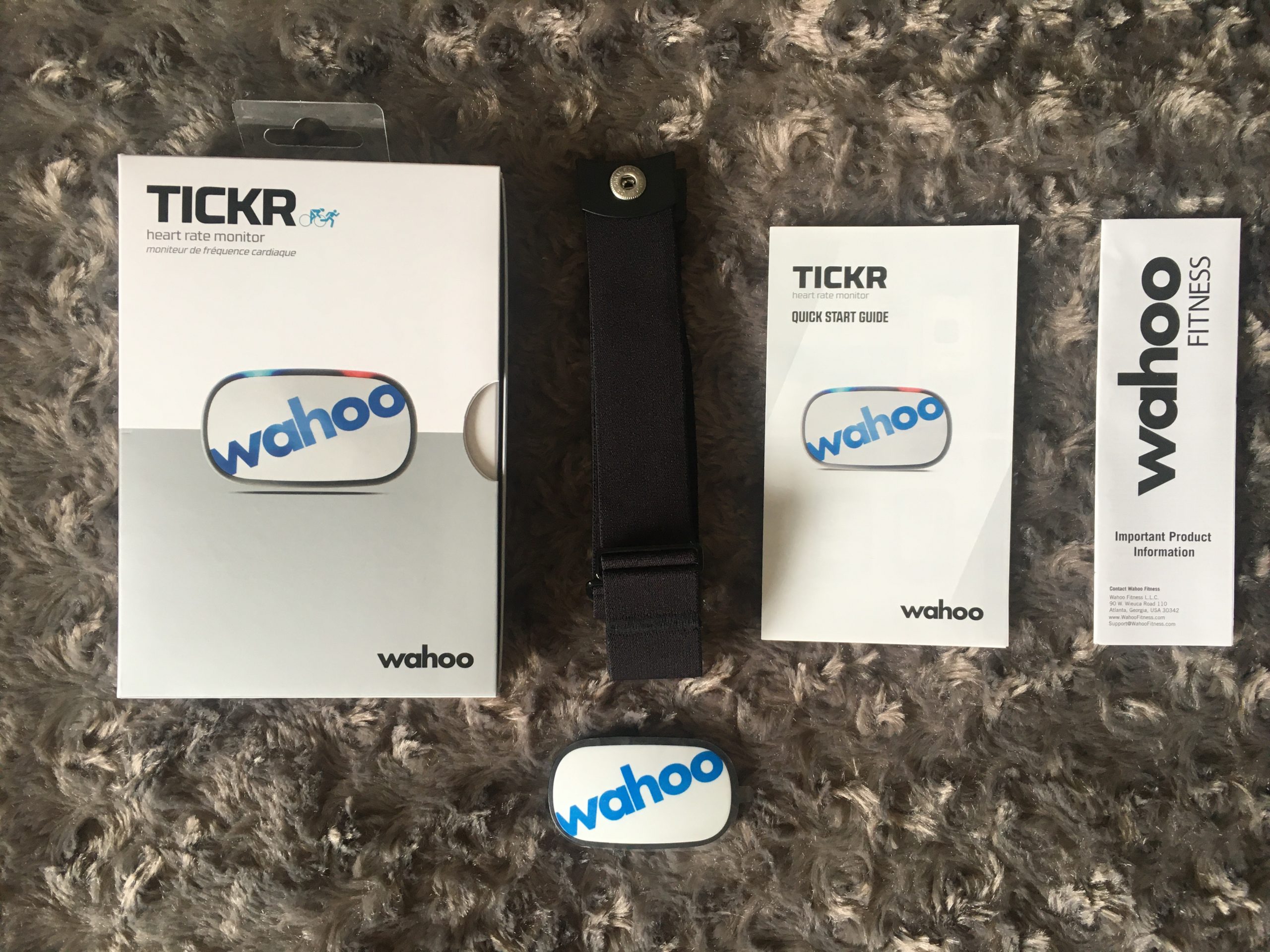
For riders with other devices the Tickr will connect seamlessly if our experience is anything to go by. With both Bluetooth and ANT+ there's nothing it won't talk to. Other Wahoo devices are a given, we also used it with an old Garmin 520, a Garmin Forerunner watch and Zwift. All of them linked quickly to the Tickr. It will hold three simultaneous connections to different devices meaning you can ride on a virtual platform while also capturing it on a GPS device - should you need to. The device has a claimed reach of 10ft.
The Tickr comes in two parts, the elastic strap, which includes the sensors, and the pod which holds the battery and all electronics. It's this part that transmits info to external devices. The pod sits in the middle of your chest and attaches on either side to the strap with a popper, the metal in which makes the connection by which the sensors communicate with the pod.
The fit of the strap is superb. Gone are the days of an eight-inch harder plastic front section sitting across your chest (think back to the old Garmin or Polar straps) with the ultra slim sensors now moulded to the back of the elastic. These bend and twist in any direction giving a perfect fit around your rib cage. I foroet it was there after a while. The strap never slipped out of position or sat off of my chest . Even when running it stayed perfectly in place and didn't need to be uncomfortably tight to hold its position.
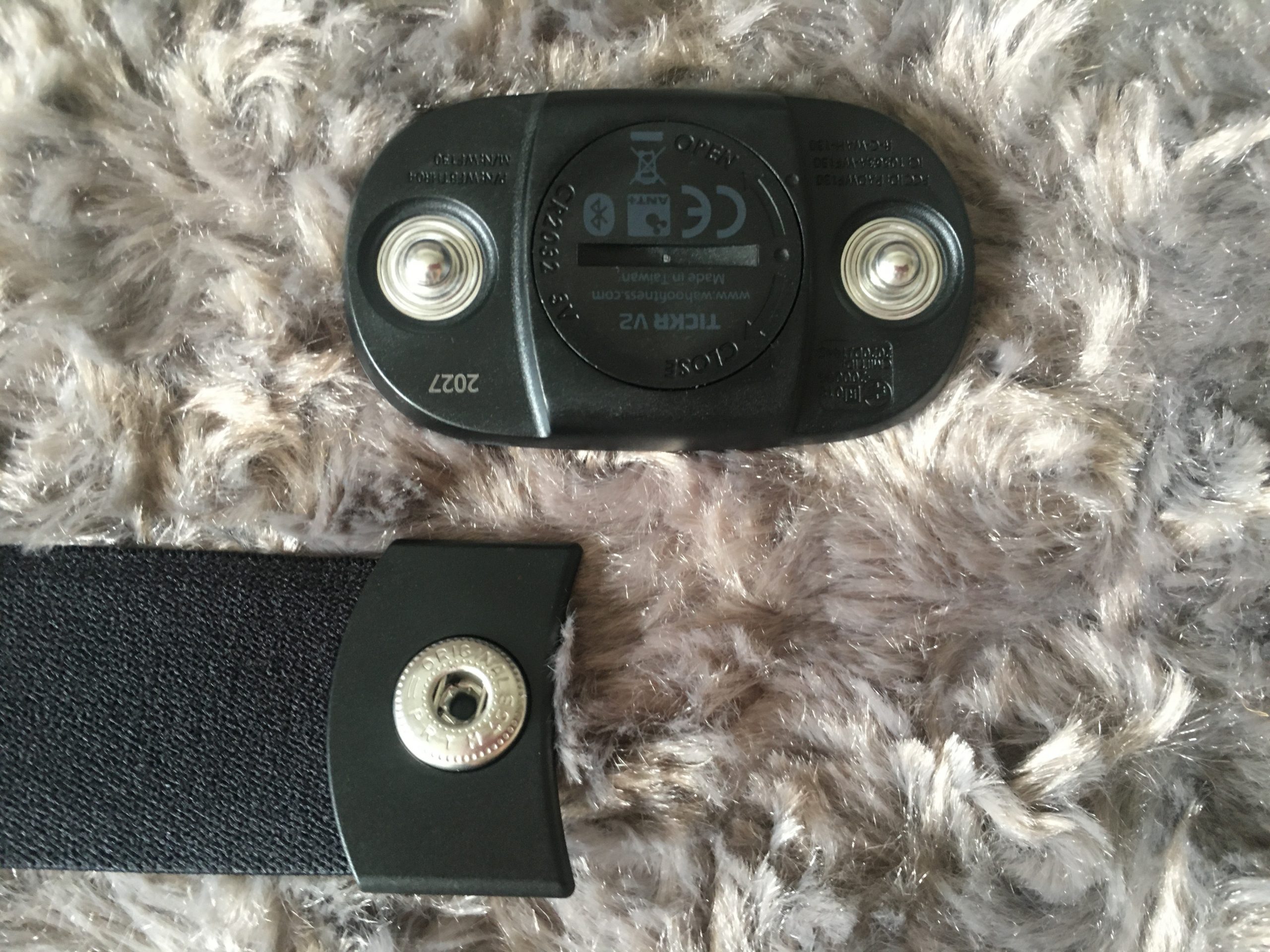
Wahoo Tickr Accuracy
Any heart rate monitor is only as good as the data it gives. While the Tickr never dropped a signal while I used it, it did flat line a few times. It took a while for me to notice this as it usually flatlined at a HR that was about right for the effort I was putting in. Check out the heart rate trace below. I hovered the cursor at the flatline section which I noticed as it was clearly too low for the effort I was putting in. It displayed an HR of 116 for just over two minutes, never varying from that during that period. You can see another flatline just before it of about a minute-and-a-half and a few very small ones just before that.
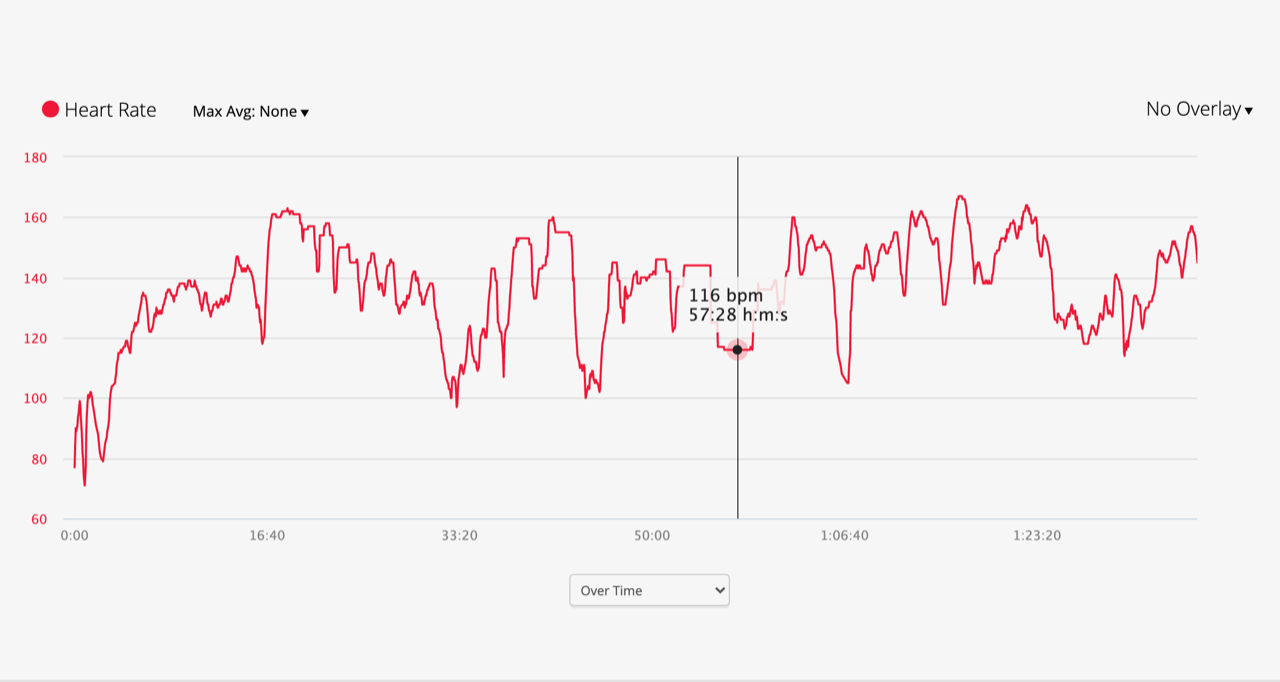
When I noticed it on the ride I popped the pod off one popper then put it back in to try and reset it, but the HR number on my Garmin 520 stayed at 116. Although it was a hot day, around 32 degrees, the strap felt dry to the touch. I poured some water from my bottle on to my chest and soon after it started reading as I'd expect. But that could have been a coincidence. Going back to look at the data from a previous ride I noticed the same flat spots occurring.
At this stage I checked in with Wahoo who sent an Element ROAM over for me to try it with, but the issue remained so a replacement strap was sent. Not a great start for a test product, but Wahoo were quick to replace it and assured us that this would be a warranty issue so no need to worry as a paying customer. The two traces below taken from Strava show two much more realistic HR traces from two separate rides with the strap. Problem solved and I was happy the Tickr was performing how it should.
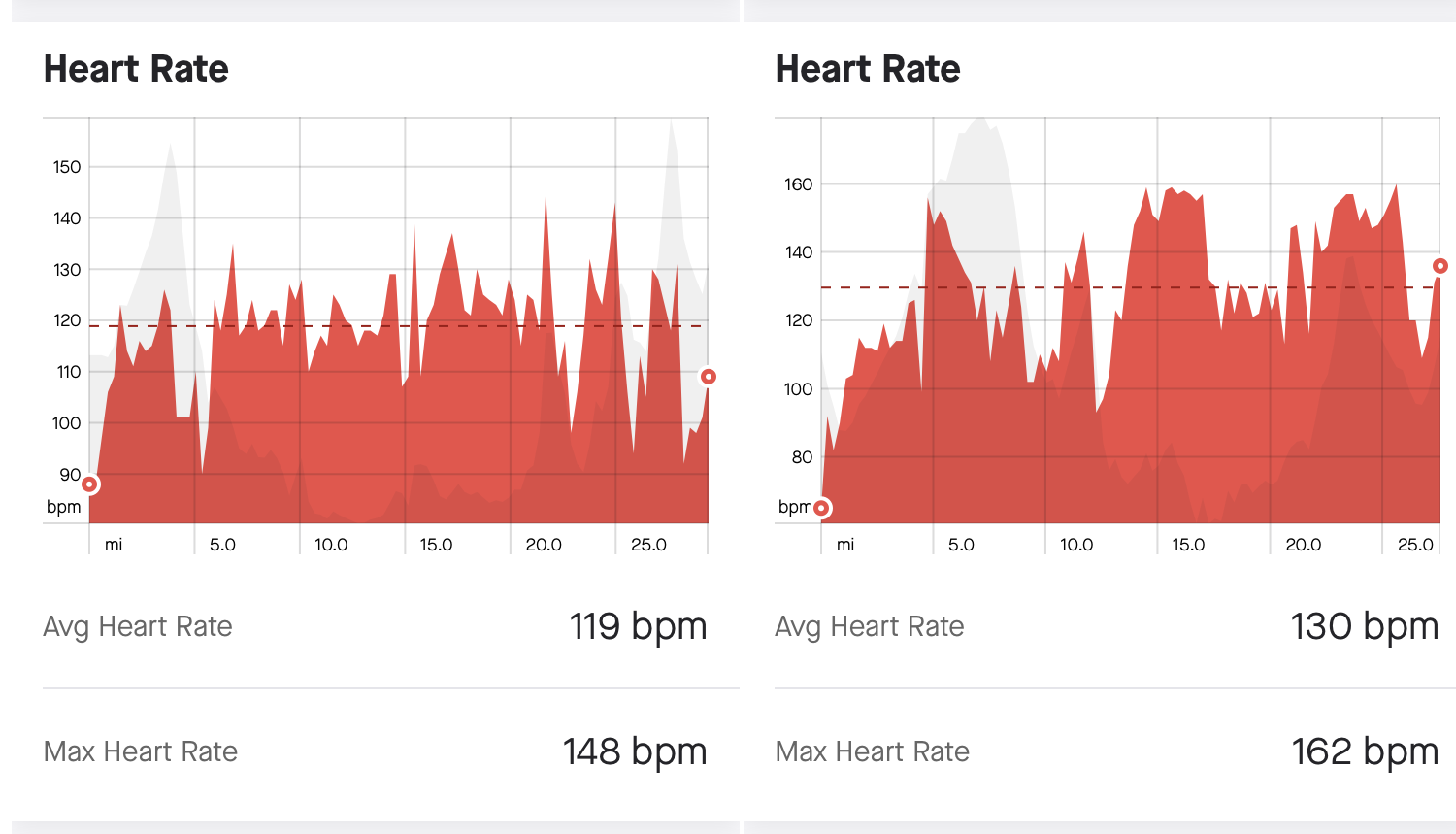
There is no definitive or industry standard measure of how accurate an HR strap's data is, although Wahoo say they test the Tickr against a number of known heart rate devices. It's something you can also measure yourself. Put the strap on, find your pulse in your wrist or neck and start counting. You can check this against the red LED light (see below) or the HR displayed on your app or external device. It is clearly much more accurate than the wrist based infrared lights (photoplethysmography) method, so I used the strap whenever out exercising with my running watch.
Wahoo Tickr LED lights
The Tickr comes with two LED lights on the top of the pod not visible below, but both clearly visible as soon as you put it on. This gives instant feedback of it's status. When clipped together the blue LED will flash slowly to tell you it's awake and looking to pair with a device. Four quick flashes of the blue LED means a connection has been made. Quick flashes of the blue LED means it's paired to a device while the red LED with flash with your heart rate. Both turn off after 30 seconds to save battery life, so that red flash is just there to tell you it's picked up your heart rate, it's not something to keep checking if you're exercising without a top, ie on a turbo.
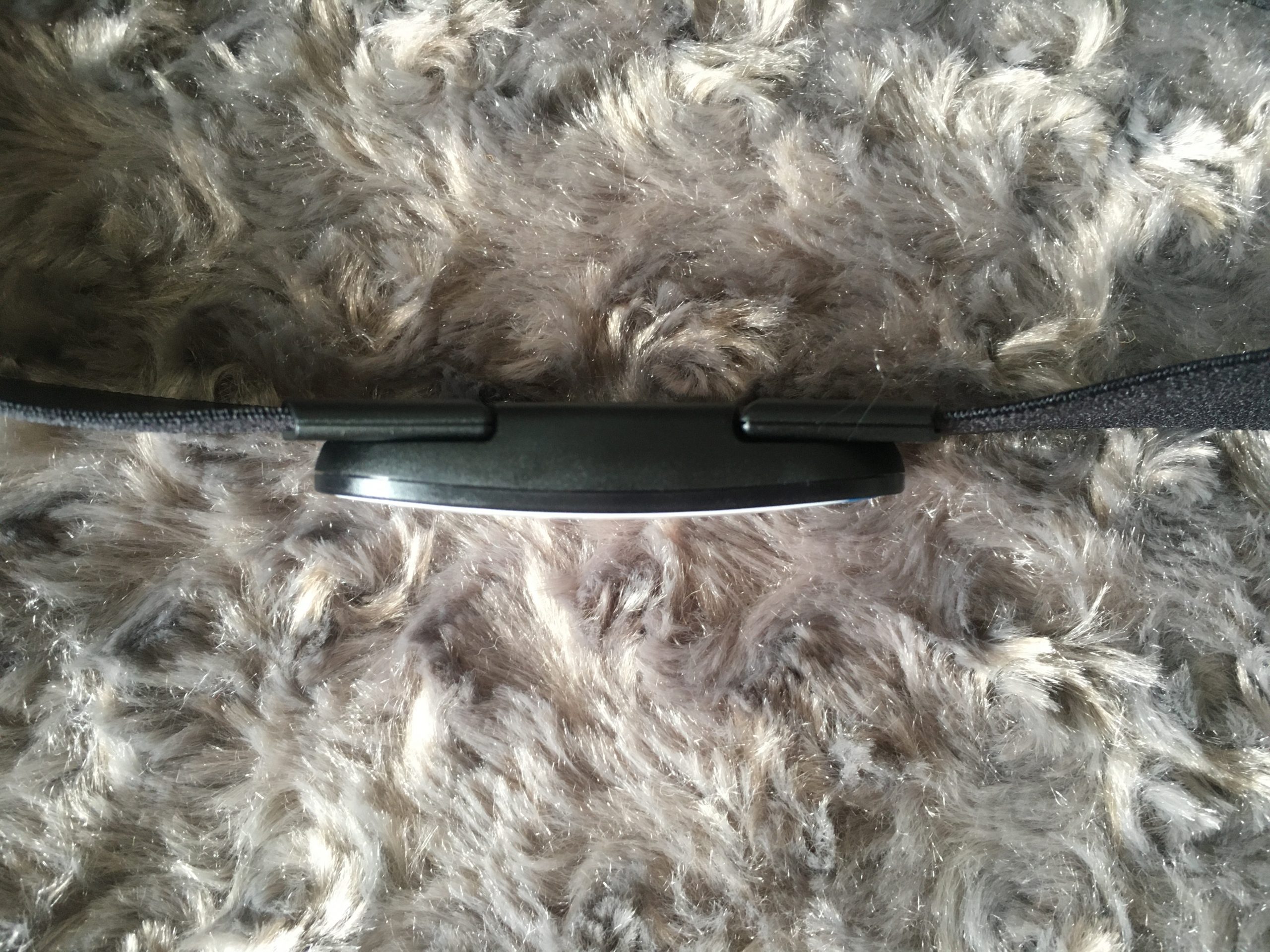
Wahoo training zones
The Wahoo app will auto-calculate both power and HR training zones, using the parameters below. The power thresholds do seem slightly contradictory when swapping between six seven and eight zones. For example, using my FTP of 228 (no laughing at the back please) the six zone formula gives my lactacte threshold zone a range of 202 - 234w, but switch to the eight zone parameters and steady state is listed as 202 - 234w with threshold intervals at 235 - 267w. Worth remembering that these are guides, and you'll either need a bit of experimentation to work out what's best for you, or input from a coach.
Wahoo Tickr Specifications
The Tickr weighs in at 48 grams and is powered by a CR2032 coin battery (common in many watches and power metres). This should give it around 500hrs of battery life and is easily replaced when appropriate. As with most devices, open the back by inserting a coin in to the slot and turn. The strap is handwashable while the pod is water resistant to five ft. The elastic strap is adjustable from 23 to 48 inches

Thank you for reading 20 articles this month* Join now for unlimited access
Enjoy your first month for just £1 / $1 / €1
*Read 5 free articles per month without a subscription

Join now for unlimited access
Try first month for just £1 / $1 / €1
Get The Leadout Newsletter
The latest race content, interviews, features, reviews and expert buying guides, direct to your inbox!

Editor of Cycling Weekly magazine, Simon has been working at the title since 2001. He fell in love with cycling 1989 when watching the Tour de France on Channel 4, started racing in 1995 and in 2000 he spent one season racing in Belgium. During his time at CW (and Cycle Sport magazine) he has written product reviews, fitness features, pro interviews, race coverage and news. He has covered the Tour de France more times than he can remember along with two Olympic Games and many other international and UK domestic races. He became the 130-year-old magazine's 13th editor in 2015.
-
 'I'll take a top 10, that's alright in the end' - Fred Wright finishes best of British at Paris-Roubaix
'I'll take a top 10, that's alright in the end' - Fred Wright finishes best of British at Paris-RoubaixBahrain-Victorious rider came back from a mechanical on the Arenberg to place ninth
By Adam Becket Published
-
 'This is the furthest ride I've actually ever done' - Matthew Brennan lights up Paris-Roubaix at 19 years old
'This is the furthest ride I've actually ever done' - Matthew Brennan lights up Paris-Roubaix at 19 years oldThe day's youngest rider reflects on 'killer' Monument debut
By Tom Davidson Published
-
 'One of the hardest races I've ever done in my life' - Tadej Pogačar finishes runner-up on Paris-Roubaix debut after crash
'One of the hardest races I've ever done in my life' - Tadej Pogačar finishes runner-up on Paris-Roubaix debut after crashWorld champion reacts to 'extremely hard' battle with Mathieu van der Poel
By Tom Davidson Published